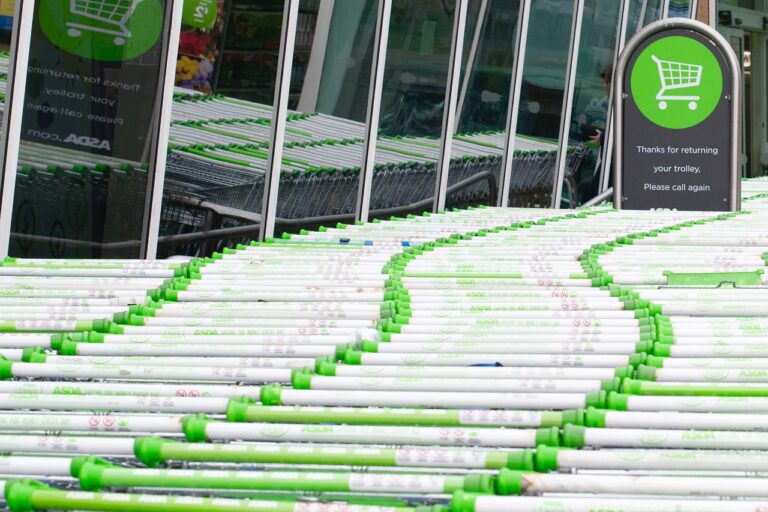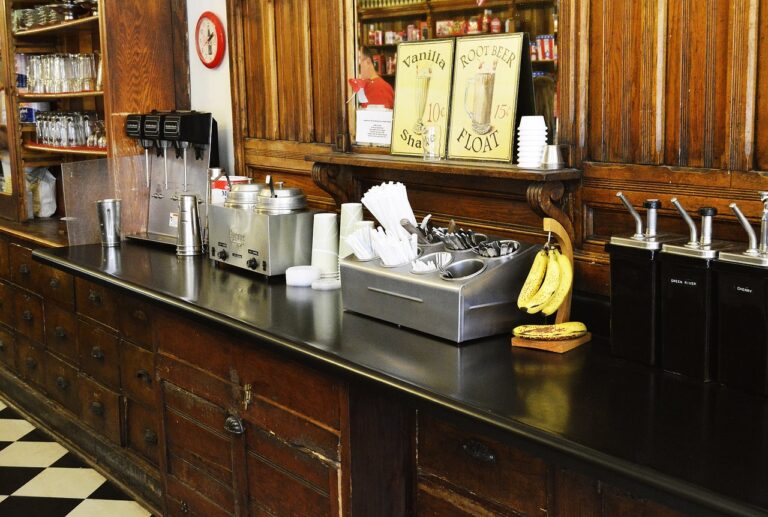Tech-Enabled Grocery Shopping: From Smart Carts to Voice-Activated Lists
Smart carts have quickly become a game-changer in the realm of grocery shopping. These high-tech trolleys are equipped with a plethora of features that aim to streamline the entire shopping experience. From built-in barcode scanners to digital shopping lists, smart carts provide a convenient and efficient way for customers to navigate through the aisles and keep track of their purchases.
One of the key advantages of smart carts is their ability to sync with mobile devices, allowing users to access personalized offers and discounts in real-time. Additionally, these carts can calculate the total cost of items as they are added, eliminating the need for manual calculations at the checkout counter. With their user-friendly interface and cutting-edge technology, smart carts are reshaping the traditional grocery shopping experience and setting a new standard for convenience and efficiency.
Voice-Activated Lists: A Hands-Free Approach to Shopping
Voice-activated lists have transformed the way people approach shopping, offering a convenient and hands-free experience. By simply speaking the items needed, shoppers can easily create and manage their shopping lists without the need for pen and paper. This technology not only simplifies the process but also minimizes the chances of forgetting an essential item while at the store.
The hands-free nature of voice-activated lists lends itself well to busy individuals who are always on the go. Whether cooking dinner, driving home from work, or completing household chores, users can effortlessly add items to their shopping list without having to stop what they are doing. This innovative approach to shopping not only streamlines the task but also adds a touch of convenience to the overall shopping experience.
Augmented Reality: Enhancing the In-Store Experience
Augmented reality (AR) is rapidly transforming the way consumers interact with physical store environments. By overlaying digital information onto the real world through the use of smartphones or AR glasses, retailers can provide customers with an immersive and interactive shopping experience. As shoppers navigate the aisles, AR technology can offer product recommendations, display personalized promotions, and provide additional product information simply by pointing their devices at the items of interest.
Furthermore, AR allows retailers to bridge the gap between online and offline shopping by integrating elements of e-commerce into the physical store setting. This integration enables customers to access virtual try-on features for clothing and cosmetics, visualize furniture in their own homes, or even see how a new paint color would look on their walls. By offering these interactive and personalized experiences, retailers can create a more engaging and seamless shopping experience that goes beyond what traditional brick-and-mortar stores can offer.
• Augmented reality (AR) is rapidly transforming the way consumers interact with physical store environments.
• Retailers can provide customers with an immersive and interactive shopping experience through AR technology.
• AR can offer product recommendations, personalized promotions, and additional product information by pointing devices at items of interest.
• AR bridges the gap between online and offline shopping by integrating e-commerce elements into physical stores.
• Customers can access virtual try-on features for clothing and cosmetics, visualize furniture in their own homes, or see how a new paint color would look on their walls.
• By offering interactive and personalized experiences, retailers can create a more engaging and seamless shopping experience.
How can smart carts revolutionize the grocery shopping experience?
Smart carts can track items as they are placed inside, provide real-time pricing information, and even suggest personalized product recommendations based on past purchases.
What is the benefit of using voice-activated lists for shopping?
Voice-activated lists provide a hands-free approach to shopping, allowing customers to simply speak their grocery items out loud and have them added to a digital list for easy reference while in-store.
How does augmented reality enhance the in-store experience?
Augmented reality technology can overlay digital information on physical products, providing customers with additional product details, reviews, and even interactive experiences to make shopping more engaging and informative.







